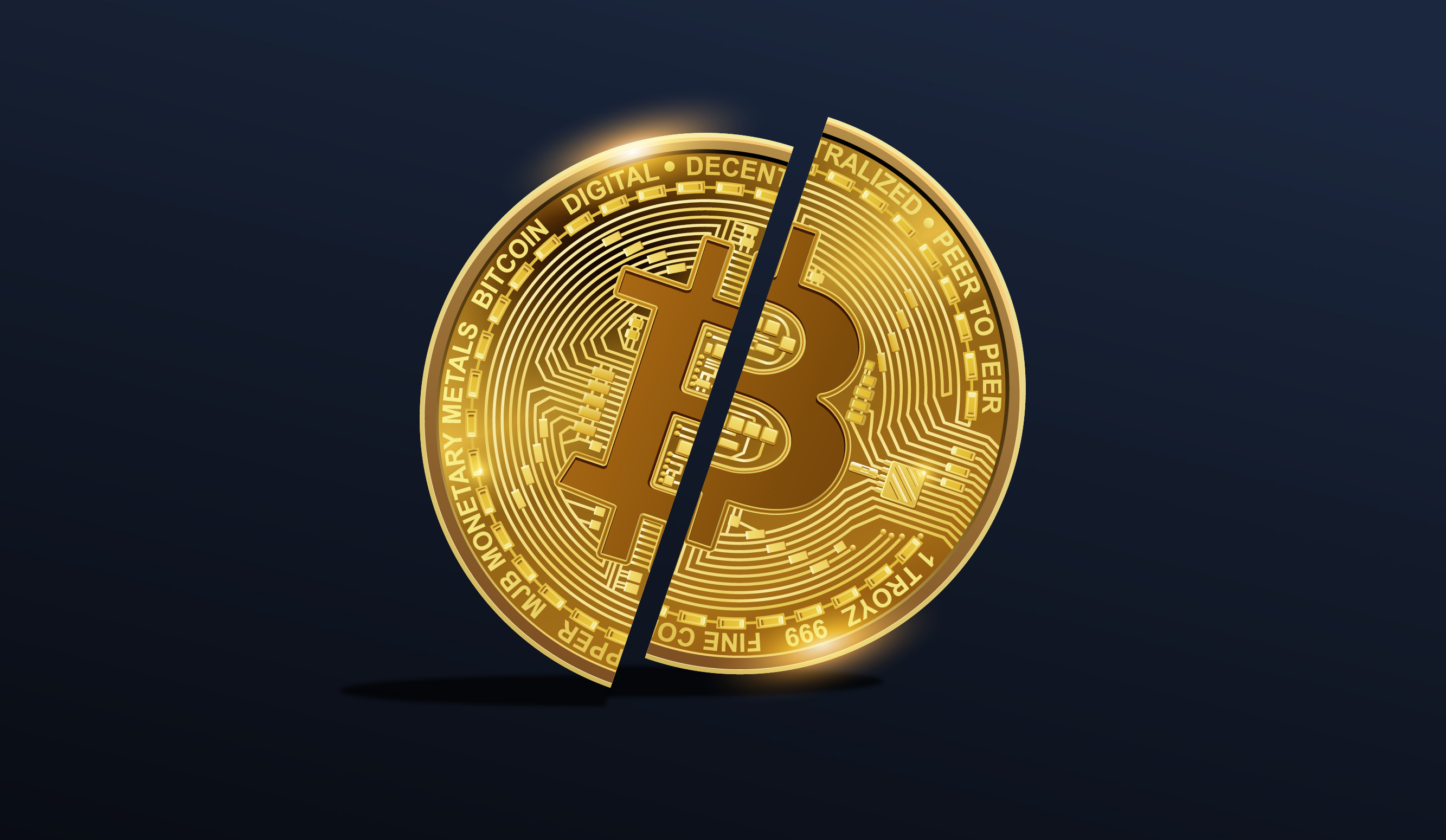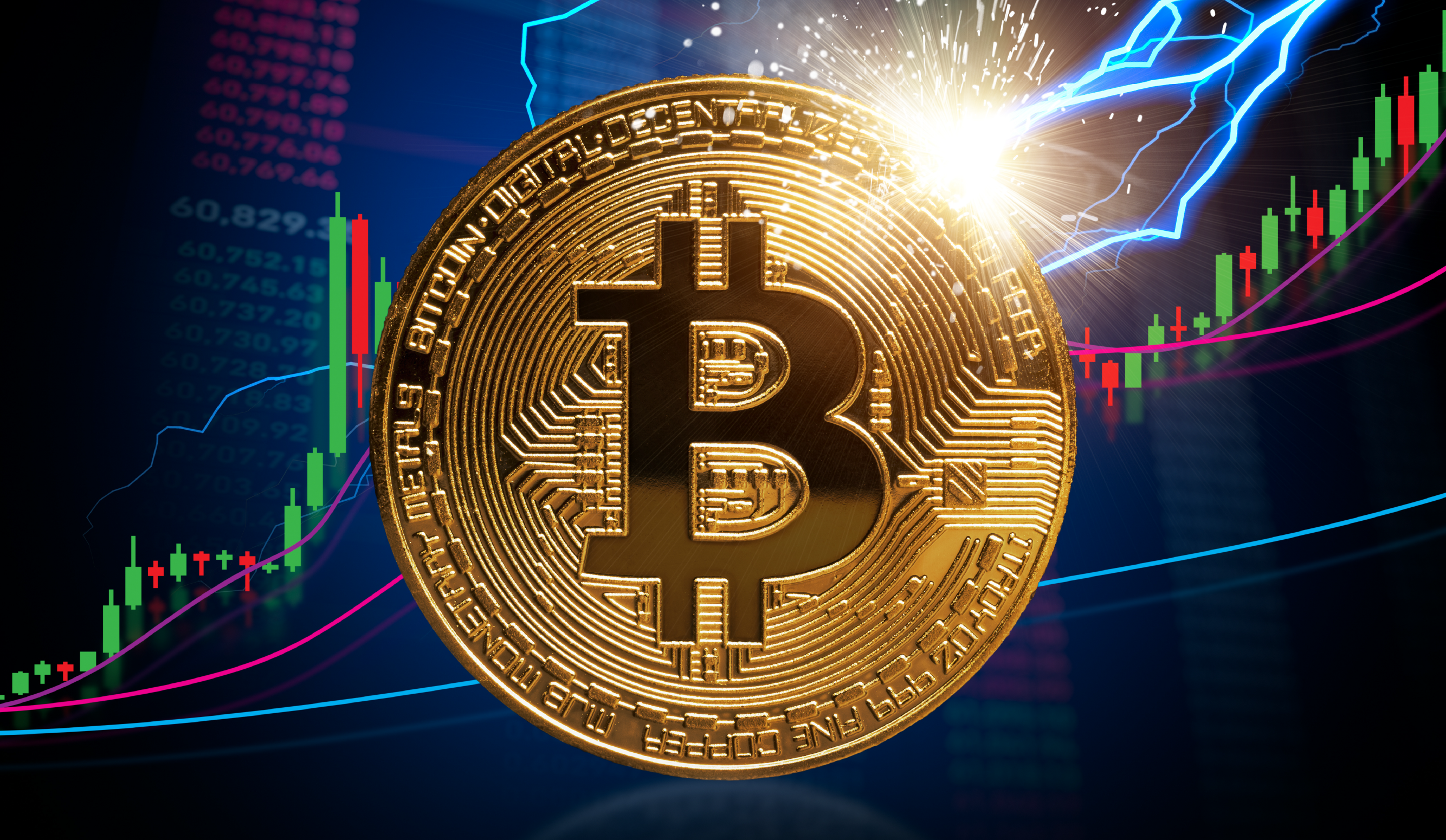The Bitcoin Halving and Why It Matters (a lot)

What is the halving?
Bitcoin’s halving is intuitive to wrap your head around- it refers to the periodic reduction of bitcoin block rewards (the amount of bitcoin awarded to miners) by half.
Some of you might already understand block rewards and mining, but just to make sure we are all on the same page, here’s a quick, simplified refresher for those unfamiliar with bitcoin mining (the process by which new bitcoins are produced). If you’re not interested in how mining works, or already know, it’s safe to skip ahead to the next section.
How block rewards work
Let’s say Wallet A sends Wallet B one bitcoin. Once Wallet A signs and broadcasts their intent to send Wallet B that bitcoin, the transaction is added to the mempool, which is basically a waiting room for unconfirmed transactions. For that transaction to be verified and added to the bitcoin ledger (also known as the Bitcoin blockchain) it must be processed by a specialized computer called an Application Specific Integrated Circuit (ASIC), which is basically just a computer that does nothing but guess billions of large numbers every second.
It’s a bit more complicated than this in reality, but for practical purposes, when an ASIC successfully guesses that number, the most recent 2000 or so transactions in the mempool, including the bitcoin Wallet A sent Wallet B, get published onto the blockchain, the individual or group that controlled that ASIC is awarded a set number of bitcoins, and that process starts again.
Right now, the reward for guessing that number and publishing that block is 6.25 bitcoin. This April, that reward will be reduced to 3.125 bitcoin.
This has a lot of important implications for the bitcoin protocol, for the bitcoin mining industry, and historically on the price of bitcoin.
Why is the halving significant technically, or from a protocol perspective?
Satoshi, bitcoin’s architect, was acutely aware of the possibility of hostile actors in the Bitcoin ecosystem who may attempt to disrupt it. The halving creates a powerful economic incentive to mine and hold bitcoin, which in turn makes it a key part of Bitcoin’s security infrastructure. If you want to receive new bitcoin, the only way to do so is to contribute more computing power to the network, which makes the network more difficult to attempt to attack or control. As bitcoin increases in value, as reflected by it's price, it creates an incentive for entrepreneurs, industrialists, and energy producers to participate in the mining process. This improves security and reinforces the perceived value of the network, creating a feedback loop that defends the protocol and enriches its participants.
Why is the halving significant from an economic perspective?
The halving is a critical element of bitcoin’s monetary policy, which is the set of rules that governs its issuance and distribution. It’s a big part of what makes bitcoin scarce and disinflationary. Every 210,000 blocks of transactions (roughly four years in human time), the amount of bitcoin that gets added to the circulating supply for the following four years is cut by 50%.
Chart of Bitcoin’s issuance schedule until 2032

Source: CoinFlip
With fewer new coins being added to the supply, it stands to reason that the existing supply is all that’s available for purchase. If we peek at the liquidity and availability of those coins to the market, it’s quite low. According to on-chain metrics, roughly 70% of the existing supply of bitcoin has not moved in over a year. This means less than 30% of the world’s bitcoin is up for grabs (at time of writing, that’s just under six million of the 19.63 million bitcoins that exist today).
In other words, each halving makes an already scarce asset significantly scarcer, and as time goes on, the data seems to indicate that holders become less and less keen on parting with their bitcoin.
How does this impact Bitcoin’s price?
While we can’t dispense financial advice, we can look at historical trends. Historically, halvings have preceded new all-time highs, and although it’s always difficult to predict precisely when those highs will come, they have done so without fail.
While we can’t know with certainty what drives this price action, we can make some educated guesses. The simplest one is that over time, as more people and organizations come to understand the value proposition of bitcoin, demand grows, while production shrinks.

Bitcoin historical price chart with the black lines representing past halvings.
Source: https://charts.bitbo.io/halving-progress/
The upcoming halving has some unique characteristics that we at CoinFlip believe will make it one to remember.
Is this halving different?
From a technical perspective, no. This halving was built into the bitcoin protocol since the mainnet launch in 2009, so it’s hardly a surprise.
However, the circumstances surrounding this halving are unique indeed. While there are many reasons we believe this halving will be different, the two biggest are:
1. The Bitcoin ETFs
After a decade of legal struggles, the first wave of bitcoin exchange-traded funds (ETFs) were approved in January. The bitcoin ETFs have been wildly successful; in their first two months, ETFs have acquired over $40 billion of bitcoin (an average of $660 million per day), with no sign of stopping or slowing. In only 17 days of trading, the BlackRock iShares Bitcoin Trust became the fifth-largest ETF by inflows in the world, according to data from Bloomberg Intelligence (chart below).
This investment vehicle has enabled billions of dollars of liquidity to enter bitcoin through traditional asset managers who previously could not access the asset class at all. While we always recommend holding bitcoin in self-custody, there’s no doubt that ETFs will continue to have a substantial positive impact on bitcoin’s price moving forward for those unable or unwilling to take custody of their bitcoins.

Snapshot of ETF performance as of Feb 6, 2024 with Bitcoin ETFs highlighted in orange
Source: Bloomberg Intelligence
2. U.S. inflation and money printing
Without diving deep into specifics, there is an uncomfortable and undeniable fact which investors must be keenly aware of: in the last four years, the U.S. has printed nearly 80% of all U.S. dollars in circulation.
To put that statistic into perspective, during the last halving (2020), the supply of circulating dollars was around $4 trillion. According to the most recent data directly from the St. Louis Fed, there is now over $18 trillion in the economy- a 450% increase.

Chart of M1 money supply since 1960.
Source: fred.stlousfed.org/series/M1SL
Among others, the following factors heavily influence the loss of U.S. dollar purchasing power relative to other assets:
$14 trillion of new liquidity entering the economy in four years – in other words, inflation.
High interest rates
If the currency one denominates their wealth in is losing purchasing power, it stands to reason that seasoned investors will look away from dollars and turn towards scarce, deflationary assets to store their hard-earned wealth in. In other words, we’re bullish.
If you’d like to purchasebitcoin before the April halving, we’d love to help.
Buy bitcoin today through a CoinFlip Preferred (877-339-6432) or at a CoinFlip ATM near you.


